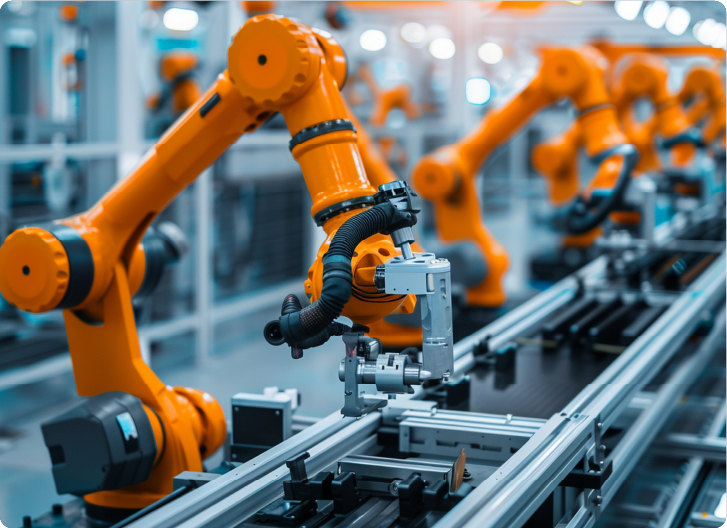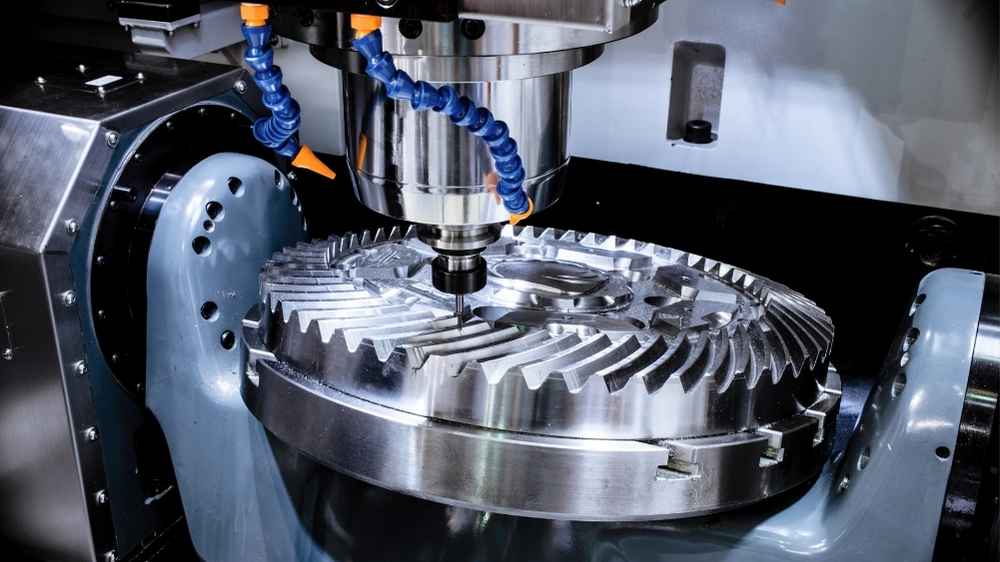
Manufacturers often face challenges in choosing the right manufacturing process that combines accurate results and efficient production rates. The assortment of manufacturing procedures, including 3D printing, injection molding, casting, and manual machining, creates a paralyzing effect for many industries. Many manufacturing techniques prove inaccurate, while others become too expensive to consider, and fewer methods deliver sufficient strength requirements. So, what’s the best choice?
CNC machining presents itself to satisfy these needs. High-precision manufacturing, along with material diversity support, becomes possible through CNC machining without needing expensive molds and prolonged manual work efforts. You can produce either prototype pieces or complete production quantities with CNC technology because it guarantees near-exact specifications combined with refined finishes that maintain precise tolerances.
This article entails a comprehensive overview of CNC machining, its process, and its types. Further, we will discuss the pros and cons and provide a detailed comparison with other manufacturing techniques.
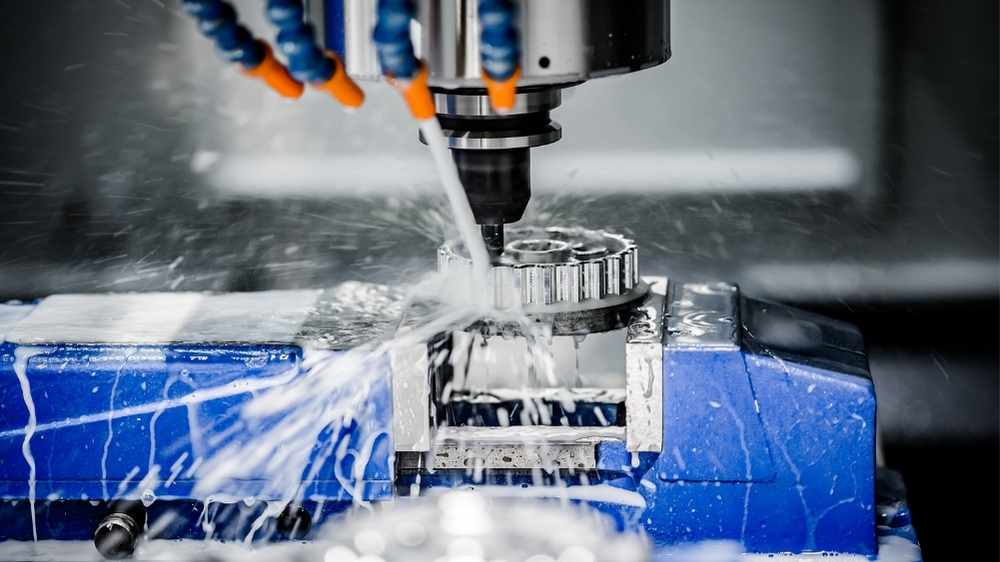
CNC machines operate under computer numerical control (CNC) software protocols. It directs the equipment movements. The production process takes unprocessed materials to complete parts while needing minimal contact from the operator. Here are the common procedural steps involved in a CNC machining operation..
Engineers design the complete part/component through CAD (Computer-Aided Design) software before CNC machining starts. The digital blueprint specifies all dimensions like tolerances along with all material specifications. The final design requires transformation into the CNC programming language through the use of CAM software.
The software application converts designs into G-code. This code serves as a programming language for machines. G-code provides instructions that manage both machine motion as well as speed parameters and tool change sequences. The programming needs to be precise because it determines the outcomes.
A machine’s worktable or fixture receives the selected material following the successful conclusion of the programming stage. Material selection defines critical machining factors, which include the speed of cutting and how fast the tool moves, along with what type of tool will be used. CNC machines can process a diverse range of materials, which include:
The right material choice enables stable machining operations and avoids mistakes.
The CNC machine starts its cutting operation following a successful material lock. The final shape emerges from the material using various tools, which include drills, mills, and lathes. The machine executes predefined paths according to exact specifications.
The CNC machining system functions through operations on X, Y, and Z directions simultaneously.
The required machine depends on how complex the component needs to be.
Once machining is completed, the part may need further finishing treatment before being brought to market. These post-finishing operations include deburring, polishing, and surface coating. Quality control systems confirm that all components meet the exact requirements set by specifications. Inspection techniques include:
Product finishing operations with quality tests optimize both performance and external qualities of finished products.
Different CNC machine designs exist to fulfill diverse productive needs. Knowledge about these machines allows you to pick the appropriate tools for your project.
CNC milling machines implement rotating cutting tools that eliminate material with high precision. The machines possess the ability to create intricate geometries, slots, and holes with precise tolerances.
Vertical milling machines work best for face milling processes and detailed component manufacturing, along with surface finishing operations because their spindle rests in a vertical position. Horizontal milling machines use a spindle layout that points horizontally to enable deeper and bulkier material removal. These machines find extensive applications in the heavy machinery sector because they produce large-scale components with high-strength requirements.
In addition, the aerospace and automotive sectors, along with the mold-making industry, rely on CNC milling machines because they deliver tolerances down to ±0.001 inches.
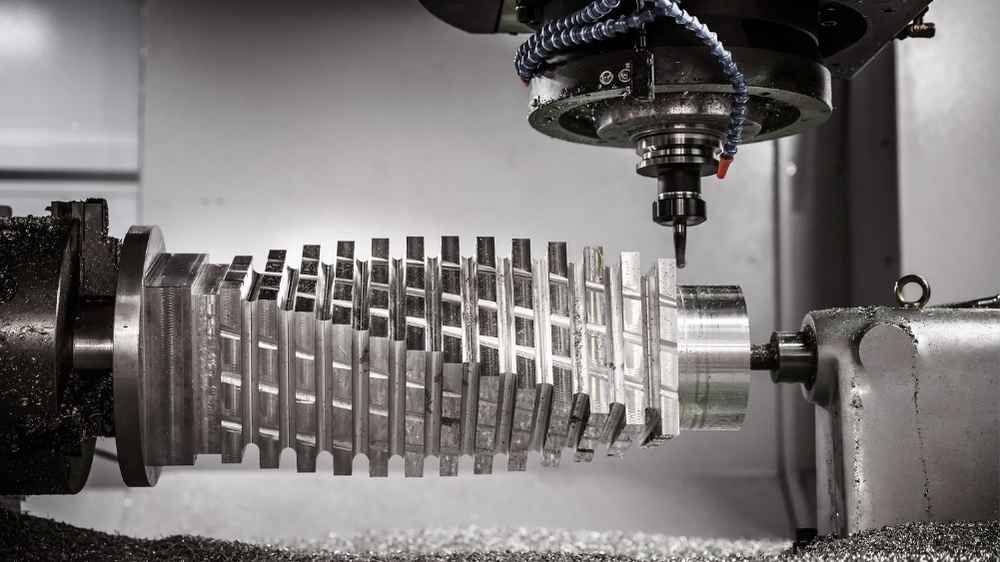
CNC lathes function by making workpiece rotations as cutting tools maintain stationarity to create desired shapes. These are ideal for shaping cylindrical components, including shafts and bushings, and threaded parts.
The dimensional requirements of CNC lathes are met through successive material removal processes during turning operations. Boring operations become crucial for enlarging holes, but they focus on achieving high accuracy. Thread cutting serves as an important functionality which allows users to produce screws and bolts maintaining correct pitch characteristics and depth measurements.
Due to their high (±0.0005-inch) precision, CNC lathes serve the aerospace industry and manufacture precision medical equipment.
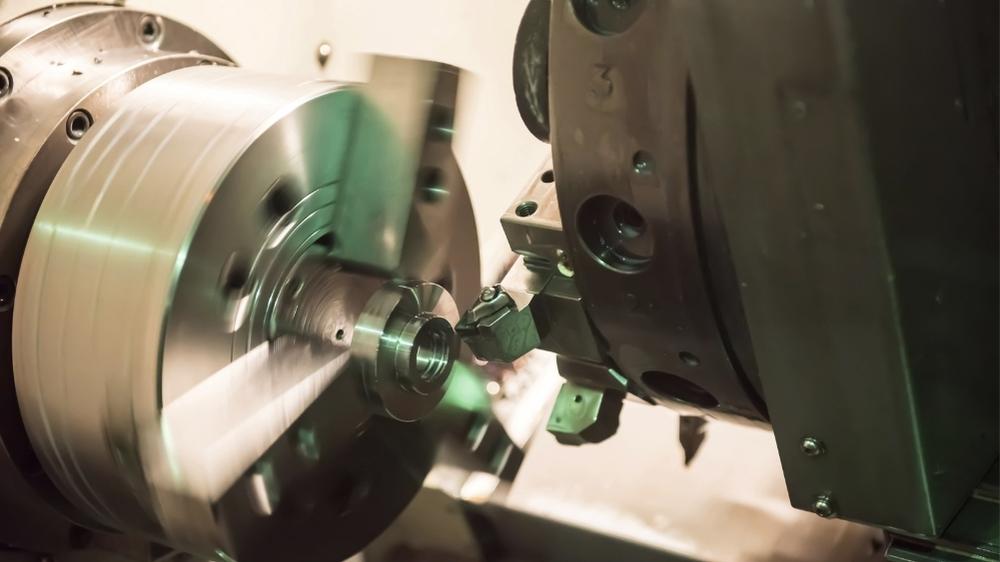
The CNC router performs cutting work, creates carving features, and engraves soft materials that include wood, plastic, and foam. The machines use spindle speeds reaching 24,000 RPM for producing clean, precise cuts.
The applications of CNC routers extend to both 2D and 3D carving operations, which result in elaborate design elements for furniture production and sign engraving purposes. Moreover, panel cutting operations work with efficiency, which makes them suitable for large material sheet processing needs in both cabinetry and prototype production.
The machines demonstrate ±0.01 inches repeatability, which makes them dependable for the production of industrial detailed parts.
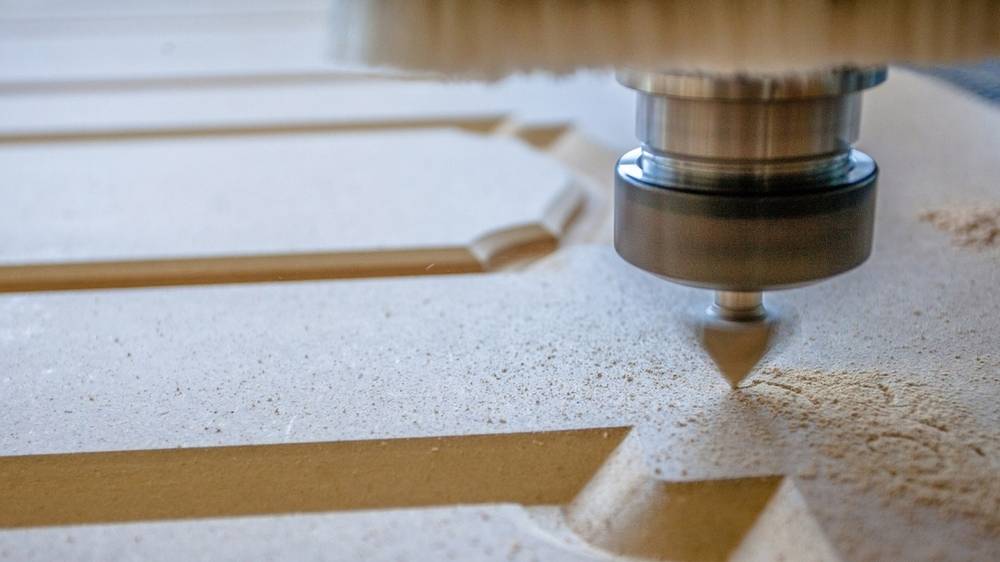
CNC plasma cutters utilize an ionized gas stream produced at high velocity to process electrically conductive materials that include steel, aluminum, and copper. These machines achieve efficient thick metal sheet cutting through their operation at temperatures higher than 20,000°C.
The automotive, shipbuilding, and metal fabrication industries adopt CNC plasma cutters primarily because they can reach speeds beyond 500 inches per minute during metal processing. The machines incorporate automated torch height control that maintains a constant distance between the cutting torch and the material for generating precise and clean cuts.
Plasma cutters produce bevel cuts by creating suitable welded and structurally oriented edges.
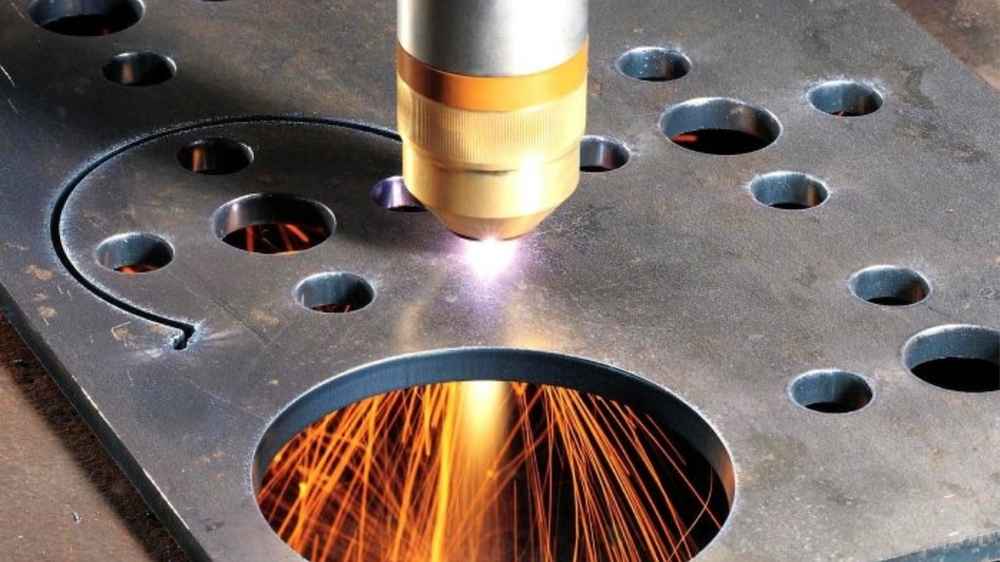
CNC laser cutters perform precise material engraving or cutting through concentrated light beam operations. The machines reach accuracy levels below ±0.0005 inches, which makes them appropriate for complex pattern work.
The cutting performance of fiber lasers works best on stainless steel and aluminum, whereas CO2 lasers demonstrate superior cutting ability with acrylic wood and glass materials. Fast material processing occurs at 1,000 inches per minute while the machines reduce waste outputs.
These machines operate in electronics production and jewelry and medical device manufacturing due to their precise methods of delivering fine cuts needing negligible post-processing.
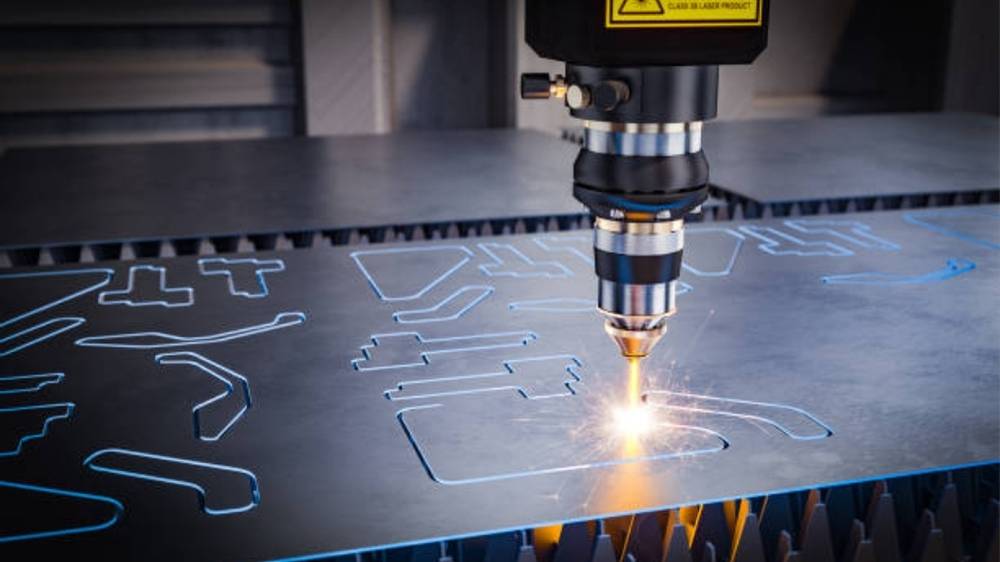
EDM or spark machining eradicates material through electrical discharges, which it regulates. This method shows effectiveness in cutting difficult hard metals that traditional cutting tools find difficult to manage.
Wire EDM performs precise cutting of complex shapes using thin wire electrodes, and sinker EDM creates deep cavities in hardened materials by employing shaped electrodes. The processes can generate precision dimensions levels down to +0.0001 inches.
EDM serves the production of molds and dies along with aerospace components because it effectively shapes intricate, strong parts.
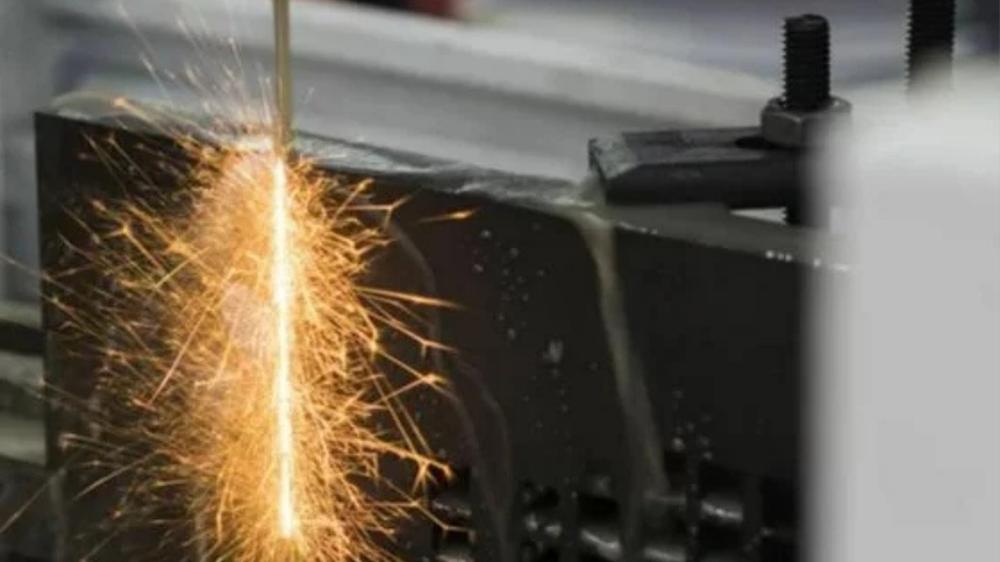
Here are the common benefits of CNC Machining:
These automated machines produce precision sculptures through movements that reach accuracy levels of micrometers. The setup can shape one thousand exact parts, which maintain perfect uniformity at the microscopic level. The tightest attainable precision level with CNC machines stands at ±0.0005 inches, whereas manual machining lacks this capability.
Forget slow, labor-intensive machining. The production cycle of CNC machines runs uninterruptedly 24 hours per day until either maintenance needs or tool change interventions occur. The combination of speedy production scheduling and first-rate manufacturing quality enables high-volume production operations.
CNC machines execute complex cuts, deep cavities, and multiple-axis movement operations without difficulty. The production of aerospace components with five-axis sculpting needs is no issue for these machines. Designs that traditional machining methods cannot handle become possible through CNC machines.
Precision means less scrap. The optimized operation of CNC machines decreases material waste during production to yield savings on materials. Their efficiency reduces both manufacturing expenses and environmental impact, thus creating a beneficial outcome for manufacturers and the environment at large.
The modern CNC machines operate through integrated connections between CAD/CAM software as well as AI monitoring systems and robotic loading protocols. The automated system controls processes effectively while minimizing mistakes and lowering operational expenses.
Despite various benefits, CNC machining also poses a few limitations. These include:
CNC machines aren’t cheap. A sophisticated five-axis mill demands six-figure investments, and basic models also need significant financial allocation. Small business operations face financial challenges when it comes to the purchase of initial equipment.
CNC machining isn’t plug-and-play. Understanding G-code, tool paths, and material properties is essential for productive CNC operation. You can wreck a complete workpiece and possibly break down the machine when you run an incorrect programming command.
The creation of CNC programs requires more time than making custom parts by hand for single-use components. CNC machining is beneficial for mass-scale production runs. Although it seems extravagant to create one-off customized items.
Whether tough or not, CNC machines cannot escape all damage. The expenses incurred by CNC machine owners include both replacements of spindles as well as the costs of recalibration and software updates. A single equipment breakdown will entirely stop a complete production line, which leads to substantial production interruptions.
The control of CNC machines over metal and plastic fabrication processes does not extend to flexible materials, which include rubber and fabric. The material selection determines how the items respond to increased speeds because certain materials become liquid while others need particular manufacturing equipment.
The process provides the capability to manufacture elaborate parts with strict tolerance levels. Here are the common industries benefitting from CNC machining.
Engine Components
Precise engine components such as cylinder heads, pistons, and crankshafts need the manufacturing process of CNC machining. The required tolerances for these components need to be kept in the range of ±0.01 mm to attain both maximum performance and durability under high-stress conditions.
Transmission and Drivetrain Parts
Machining facilities of CNC technology produce accurate dimensions for gear assemblies as well as shafts and bearings. Power transmission operates without interruptions, and vehicle systems experience decreased friction levels.
Custom and Aftermarket Parts
Through CNC machining, the automobile industry produces custom alloy wheels in addition to intake manifolds and suspension components. The system allows prototype development and produces small quantities of products with consistent outcomes.
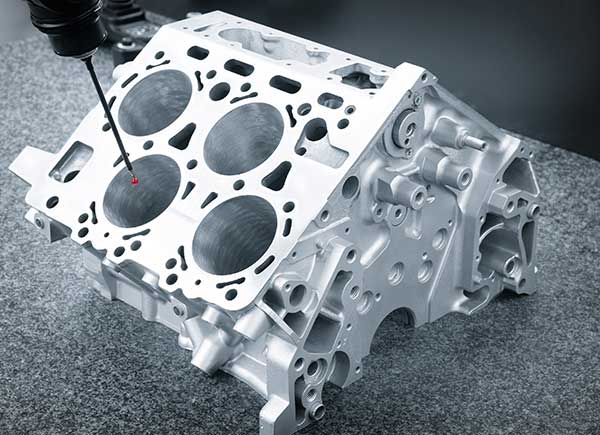
Structural Components
Turbine and aluminum alloys are ideal materials for use in aircraft construction because they provide lightweight strength. The machining process of fuselage sections, wing spars, and landing gear components through CNC generates parts with a precision tolerance of ±0.005 mm.
Turbine and Engine Parts
Jet engines need extremely complex forms to build their turbine blades and compressor rotors. Aerodynamic precision, as well as the material integrity of superalloys, including Inconel and titanium, can be achieved through CNC machining processes.
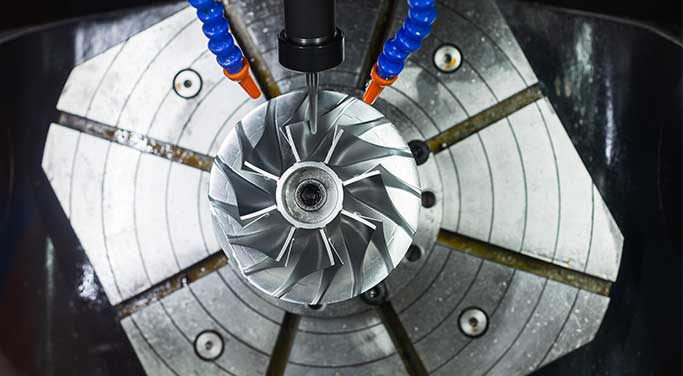
Surgical Tools and Implants
The production of surgical scalpels, forceps and orthopedic implants, and many other medical devices is done through CNC machines. Their construct is mainly from stainless steel and titanium as biocompatible materials. The components require precision at medical standards, according to ISO 13485, for ensuring safety.
Prosthetics and Dental Applications
Custom prosthetics and dental implant seed manufacturing to achieve micron-level accuracy. The exactness of the CNC machining process provides improved accuracy for better patient comfort and the medical components' longevity.
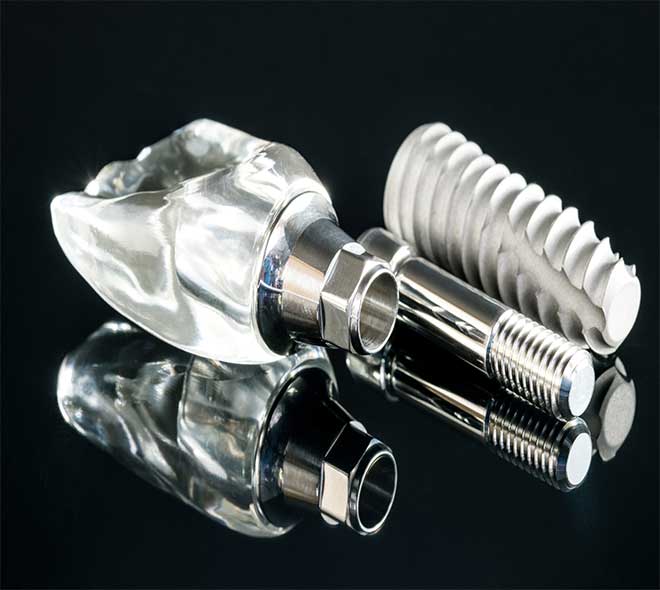
Microelectronics and PCB Manufacturing
The CNC machine tools manufacture aluminum and copper heat sinks together with enclosures and PCB housings. Thermal management, along with the electromagnetic shielding performance of electronic devices, is maximized through CNC technology.
Precision Metal and Plastic Parts
Smartphone bodies, industrial control panels, and camera housings require smooth surface finishes and complex geometries, which CNC machining can easily deliver.
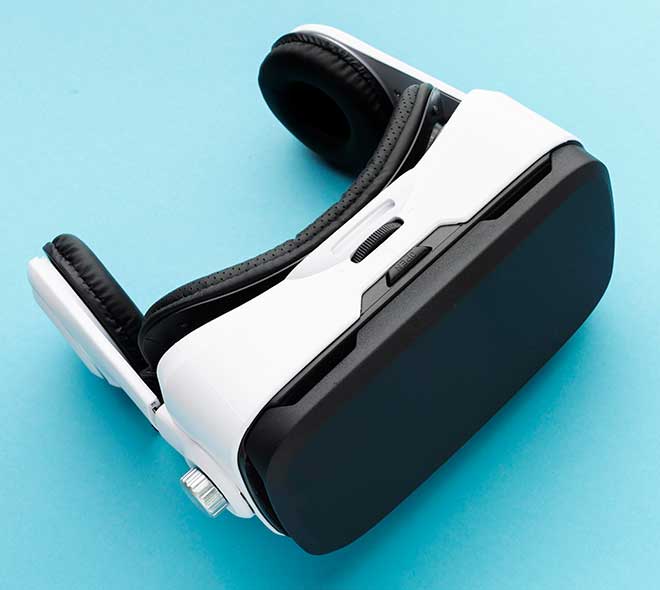
Oil and Gas Equipment
The production of high-pressure valve components, as well as drill bits and flanges, occurs through CNC machining. The materials used for these applications need strong alloys because they operate in extremely hot conditions with corrosive substances.
Renewable Energy Components
The CNC cutting offers high-strength lightweight components for wind turbines, solar panel frames, and hydroelectric equipment by enabling exact alignment.
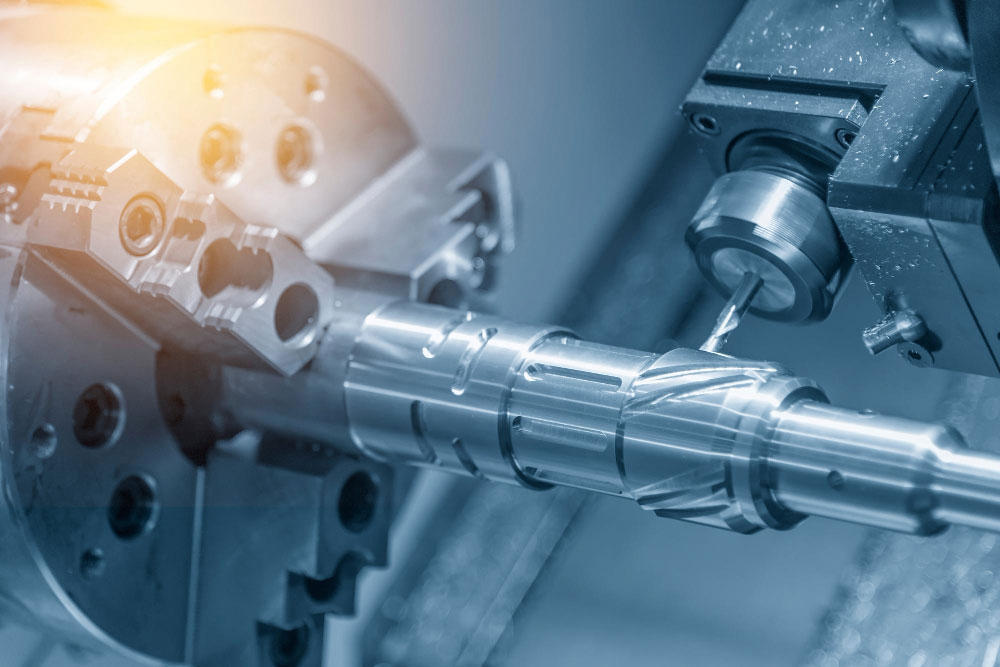
Weapon and Firearm Manufacturing
CNC machines produce firearm receivers as well as barrels and optical mounts. All tactical components require strict military grade requirements. They need to demonstrate durability and precise accuracy.
Aerospace and Naval Components
Defense systems need CNC production of aircraft carriers alongside parts for armored vehicles as well as housings for missile guidance systems. The production capabilities of CNC machines extend to working with high-strength composite materials and hardened steel.
Table: CNC Machining Vs. Other Manufacturing Techniques
| Factors | CNC Machining | 3D Printing (Additive Manufacturing) | Injection Molding | Manual Machining | Casting |
| Cost Per Unit | $5–$500 (depends on material & complexity) | $1–$200 (depends on material & process) | $0.10–$10 (high volume, low cost per part) | $50–$500 (labor-intensive, slow) | $1–$100 (batch-dependent) |
| Tooling & Setup Cost | Medium (CAM programming, tool costs, fixturing) | Low (no physical tooling, digital model only) | High ($10,000+ for molds, setup-intensive) | Low (manual fixture & cutting tools) | High (mold and pattern making required) |
| Surface Finishing (Ra Value) | 0.4–3.2 µm (smooth to mirror finish possible) | 5–25 µm (layered texture, post-processing required) | 0.8–1.6 µm (depends on mold quality) | 1.6–6.3 µm (depends on cutting tool condition) | 3.2–12.5 µm (requires finishing) |
| Dimensional Accuracy | ±0.005 mm (±0.002 mm in 5-axis machining) | ±0.1 mm (SLA: ±0.05 mm, FDM lower accuracy) | ±0.05 mm (depending on mold precision) | ±0.05 mm (operator skill-dependent) | ±0.1 mm (depends on mold quality) |
| Material Compatibility | Metals (Al, Ti, SS, Inconel), plastics (ABS, PEEK), composites | Thermoplastics (PLA, ABS, Nylon, PEEK), resins, metal powders | Thermoplastics (PP, ABS, PC, Nylon), some metals | Metals (steel, aluminum, brass, titanium), plastics | Metals (Al, SS, brass), ceramics, some plastics |
The contemporary manufacturing sector heavily relies on CNC machining because it provides high precision, consistency, and operational effectiveness. The process helps shape accurate parts, cuts with narrow dimensions, and creates fine surface finishes. These features are central for the aerospace, automotive, and medical industries. Moreover, the process offers simplified production through advanced automation combined with a multi-axis approach. Therefore, it maintains high product quality throughout.
In addition, CNC machining delivers accurate results for a range of materials: metals, plastics, and composite materials. Manufacturers use it to execute precision-focused projects through trusted processes.
